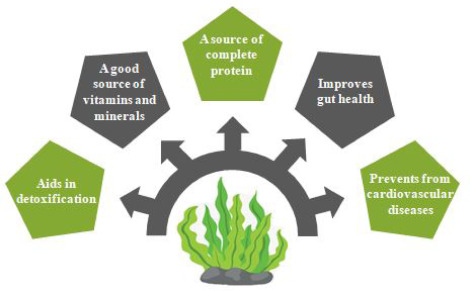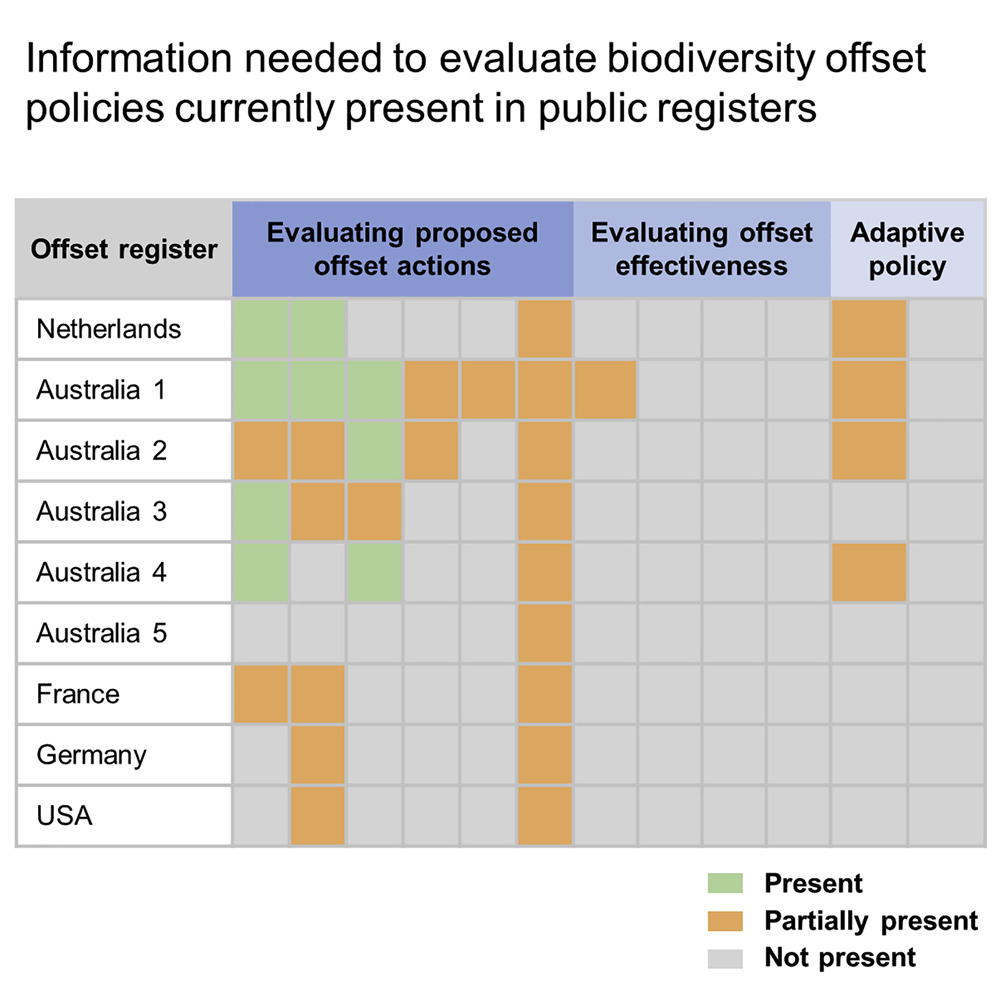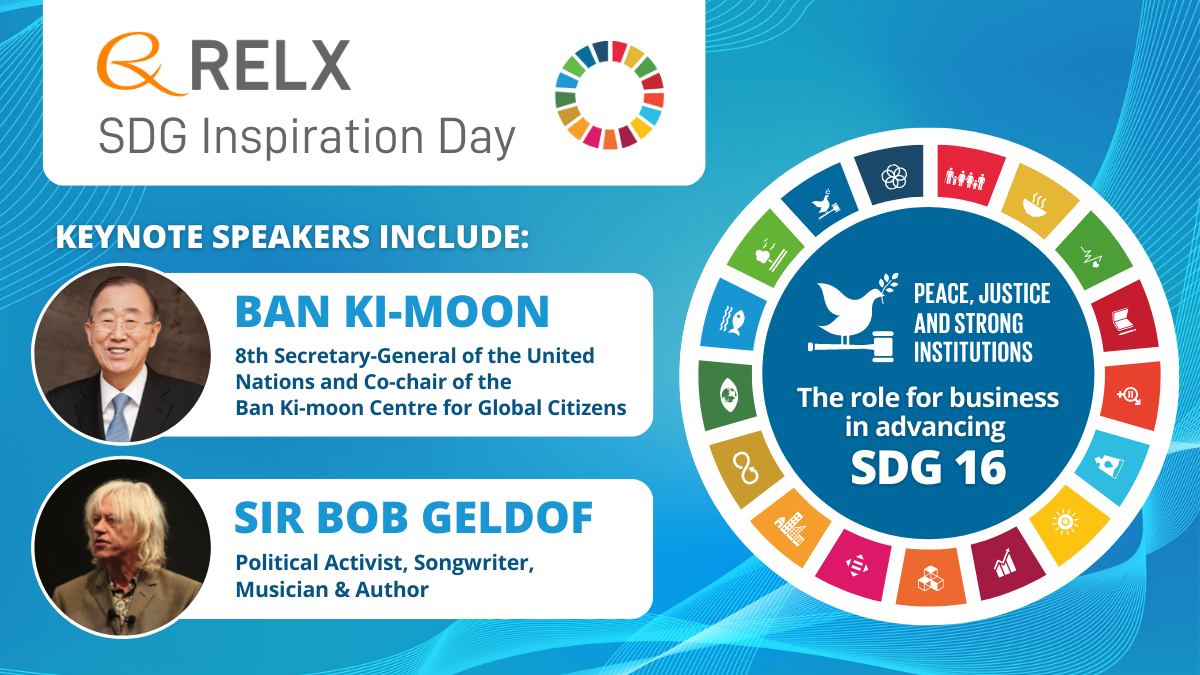The eminent protein sources among the vegetarian population include cereals and pulses that do not satisfy the Recommended Dietary Allowance (RDA) level. The anti-nutrients such as protease inhibitors are responsible for the diminished bioavailability of plant protein. Consumption of a protein deficit diet severely impacts muscle health; hence, it becomes necessary to design an alternative source of complete protein. One such non-meat source with all essential amino acids in required quantity is seaweeds, an aquatic plant.
This paper uses a novel approach to re-examine the relationship between income inequality and pollution and shows that protecting the environment can have an added advantage of creating a just and inclusive society. Pollution threatens health and livelihoods of vulnerable groups, in turn making them even more vulnerable, creating a vicious cycle. We investigate if sustainable environmental policies can mitigate the impact of pollution on these vulnerable groups, while addressing inclusion.



